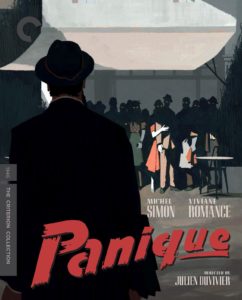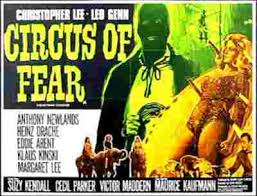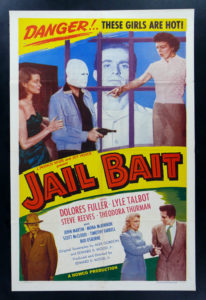In now way am I proposing a final definitive definition of Noir fiction and what sets a story in that particular sub-genre but I do think I may have stumbled across one of the lines that separates noir from its close elder cousin detective fiction.
Detective fiction, in general, derives from a European tradition of the intellectual puzzle solver that reveals the killers identity in a dramatic drawing room monologue. In the United States, a rougher culture, this transformed into the genre of hard boiled, where the detective still uncovered the killer’s identity, but through the course of resolving the mystery the protagonist usually faced more serious danger to his life and was often less than a stellar individual himself. Noir also often dealt with detectives and a crime that needed resolving but as often as not the protagonists of noir fiction were the criminals themselves and in the cases where the protagonists weren’t the perpetrators they often were as morally compromised as the characters the challenged.
Dividing the genre between hard-boiled and noir is difficult thing but I think it can be done with the concept of moral order and which characters are responsible for restoring the moral order.
In a murder mystery the moral order has been destroyed by the immoral killing of a character and it is restored when the killer is revealed and brought to justice. In this situation the detective is the agency that restores the moral order, it is the detective intelligence and devotion to that moral order that propels the characters, (Side note it is interesting that in Murder on the Orient Express Poirot does not bring the killers to justice because it is determine that the murder itself is an expression of the moral order. In others words, ‘He had it comin’.’)
Noir particularly that films made in the classic period of the 19640s and 1950s also restored the moral order by the time the credits appeared on the screen what set them apart was how the moral order was restored.
In noir films the moral order isn’t restored by way of an intelligent and morally upright character but usually because the seeds of their own destruction sowed by the characters themselves fruited with the final justice. Consider how Keyes was unable to reveal the murders in Double Indemnity but instead Walter and Phyllis bring about their own destruction. The moral order is restored, after all the production code insisted upon that, but the restoration had little to nothing to do with the integrity of the upstanding characters.
Perhaps an interesting boundary case is the classic The Maltese Falcon.Sam unravels the mystery and turns Brigid over t the police, restoring the moral order, she will pay the price for her crimes, as will al the other criminals, but there is the lingering question of why does Sam do this? In the final scene between the lovers he gives lots of potential answers, when your partner is murdered you need to do something about it, maybe he loves her maybe he doesn’t, and of course if he doesn’t he could never trust her and not turning her over puts him, at the risk of ending up like Thursby. Pick an answer and you change the moral calculus. Is Sam doing the right thing because you honor your partner? Then this is more like detective fiction. Is he just looking out for himself? The moral tone gets darker with that outlook. Neither the novel nor the film provides any definitive answer to Sam and his motivation leaving it to our interpretation.
So one test, and only one test of many, for is something noir or not ask how does the moral order get restored and you’ll have a leg up on answering the question.
 setting up a woman is found murdered in a nearby field. The murderer, Capoulade, played by Max Dalban, and his girlfriend, Alice, played by Viviane Romance, a woman Monsieur Hire had become infatuated with, manipulate the neighborhood’s distrust of Hire, attempting to place the blame for the murder on him.
setting up a woman is found murdered in a nearby field. The murderer, Capoulade, played by Max Dalban, and his girlfriend, Alice, played by Viviane Romance, a woman Monsieur Hire had become infatuated with, manipulate the neighborhood’s distrust of Hire, attempting to place the blame for the murder on him.

